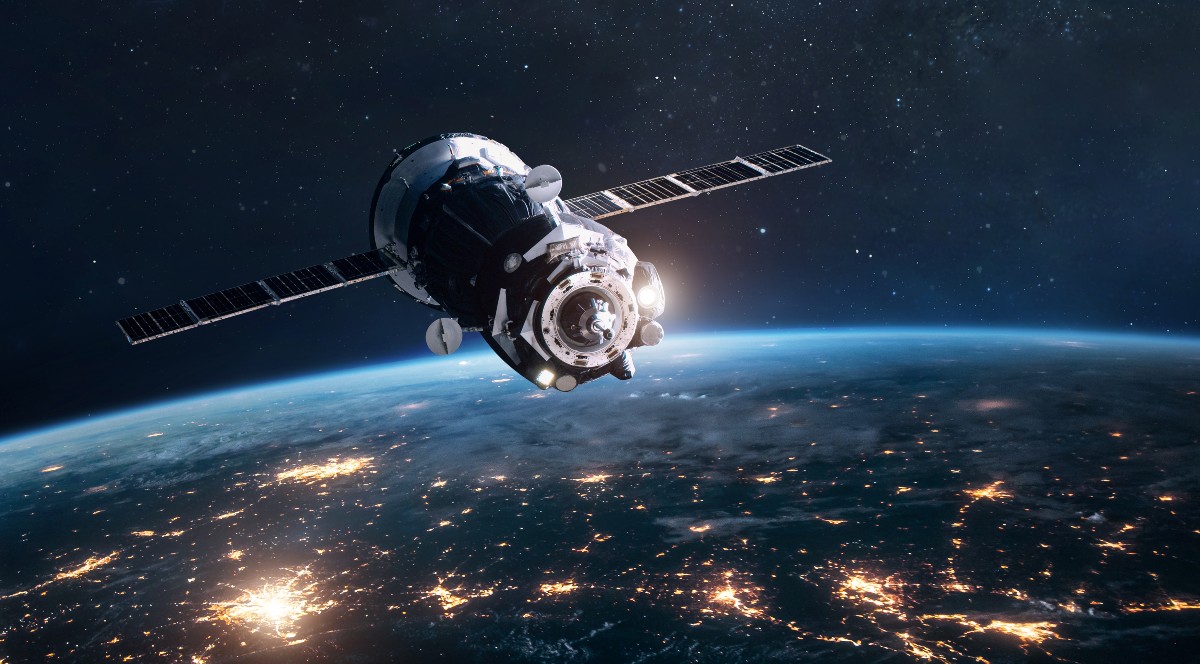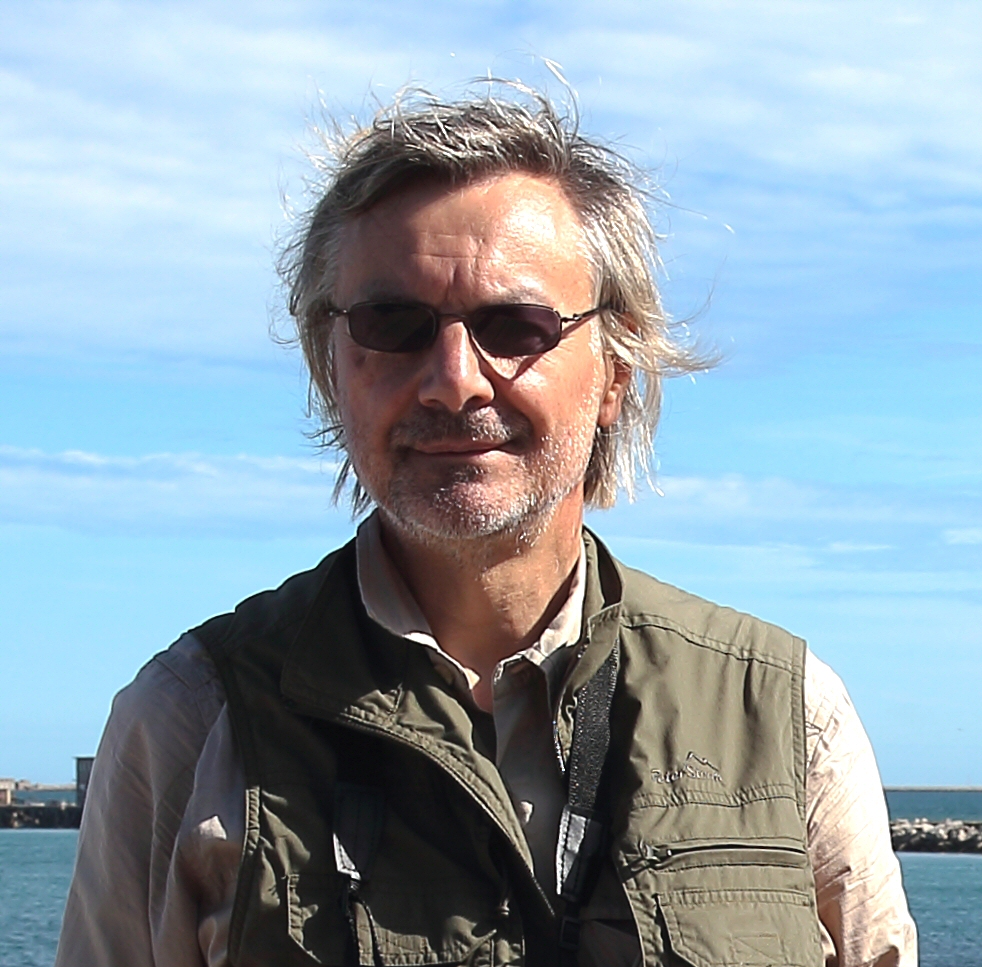Low Earth orbit: Definition, theory and facts
Most satellites travel in low Earth orbit. Here's how and why

In very simple terms, low Earth orbit (LEO) is exactly what it sounds like: An orbit around the Earth with an altitude that lies towards the lower end of the range of possible orbits. This is around 1,200 miles (2,000 kilometers) or less. The majority of satellites are to be found in LEO, as is the International Space Station (ISS).
In order to remain in this orbit, a satellite has to travel at around 17,500 miles per hour (7.8 kilometers per second), at which speed it takes around 90 minutes to complete an orbit of the planet.
Low Earth orbit theory
Orbits are possible due to the force of gravity — the same force that holds us to the surface of the planet. Just as we would float off into space if gravity didn’t exist, so a satellite would fly off at a tangent if that force wasn’t there to keep it travelling round the Earth.
This really does happen in the case of a spacecraft that’s travelling extremely fast — faster than the Earth’s escape velocity, which is 25,000 mph (11.2 km/s). On the other hand, if an object is travelling much more slowly, such as Blue Origin’s suborbital rocket New Shepard, it will fall back to Earth just as surely as you do when you jump up into the air.
Related: Laika the space dog: First living creature in orbit
The speed of 17,500 mph (7.8 km/s) is the speed at which the force of gravity prevents an object from flying off at a tangent. The result is that an object moving at this speed will simply go round and round the Earth. This is a horizontal speed, parallel to the surface of the planet.
This may seem confusing if you’ve ever watched a space launch, because rockets generally go straight up vertically when they blast off. But that’s because they need to get up above the atmosphere — or the greatest part of it — as quickly as possible to avoid drag forces. But once they are above the atmosphere they switch to horizontal motion. When a satellite reaches orbital speed, it is officially in orbit.
Breaking space news, the latest updates on rocket launches, skywatching events and more!
Satellites in low Earth orbit
The orbital speed of 7.8 km/s (17,500 mph), refers to the LEO regime just above the Earth’s atmosphere. At higher altitudes, the speed required to keep a satellite in orbit changes. In fact, this actually decreases with the increase in altitude.
However, this does not mean that a rocket needs to expend less energy in order to put a satellite into a higher orbit. This is because it takes a huge amount of energy just to reach that higher altitude. This extra effort in getting to higher altitudes is one of the reasons most satellites are placed in LEO, together with other considerations such as the higher resolution views that Earth-observing satellites can get from closer range.
There is, however, one particular high-altitude orbit that’s worth the extra effort to get to — and that’s Geosynchronous orbit (GEO).
A satellite in LEO completes around 16 orbits every day, or for every complete rotation of the Earth itself. However GEO is at an altitude of around 22,000 miles (36,000 km), at which point the orbital speed has slowed, so a single orbit corresponds to precisely one rotation of the Earth.
This means that a satellite at that altitude effectively hovers over a single spot on the Earth’s surface, which makes it especially useful for satellite TV and other communications systems.
Satellite orbits usually follow an oval-type path called an ellipse, the length and width of which are known as the major and minor axes.
When these two axes are equal in size, the orbit is a perfect circle, which is just a special case of an ellipse. Most satellites have near-circular orbits, but in a few cases the ellipse can be much more elongated, with a major axis much longer than the minor axis.
The Molniya orbit, for example, used for communications in northerly latitudes, has a low point of around 308 miles (495 km) but a high point around 25,000 miles (40,000 km).
LEO is the most common type of orbit, but not the only one; here's some others.
Additional resources
For more information about low Earth orbit and satellite design check out "Low Earth Orbit Satellite Design (Space Technology Library Book 36)" by George Sebestyen, et al, and NASA's webpage on "Low-Earth Orbit Economy".
Bibliography
- ESA, "Low Earth orbit", March 2020.
- ESA, "Types of orbits", March 2020.
- Australian Space Academy, "Specifying Satellite Orbits", accessed May 2022.
- Rhett Allain, "What's So Special About Low Earth Orbit?", Wired, September 2015.
- Hight Point University, "Orbits", accessed May 2022.

Andrew May holds a Ph.D. in astrophysics from Manchester University, U.K. For 30 years, he worked in the academic, government and private sectors, before becoming a science writer where he has written for Fortean Times, How It Works, All About Space, BBC Science Focus, among others. He has also written a selection of books including Cosmic Impact and Astrobiology: The Search for Life Elsewhere in the Universe, published by Icon Books.
